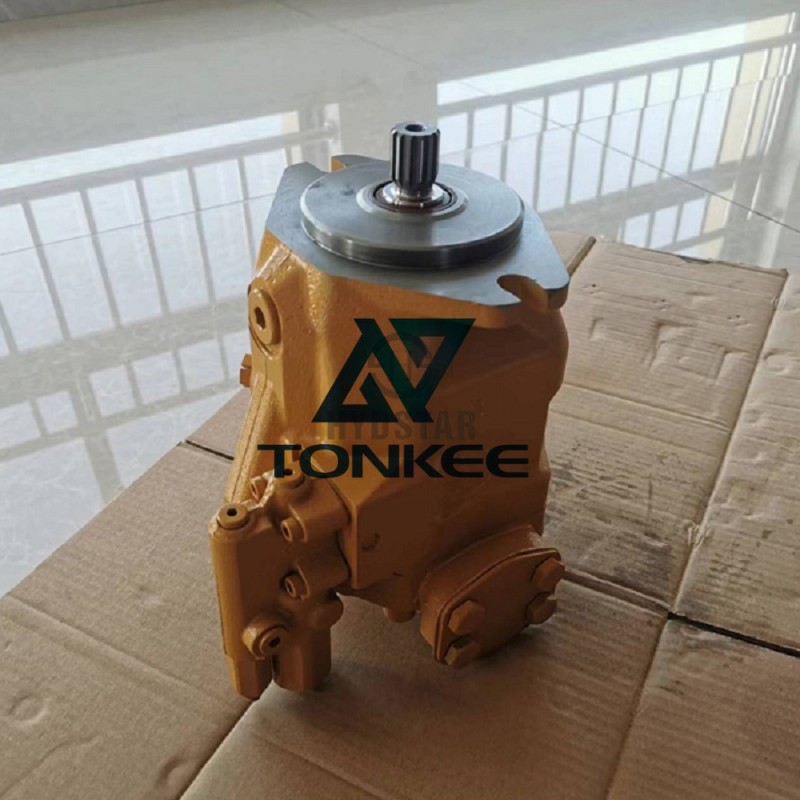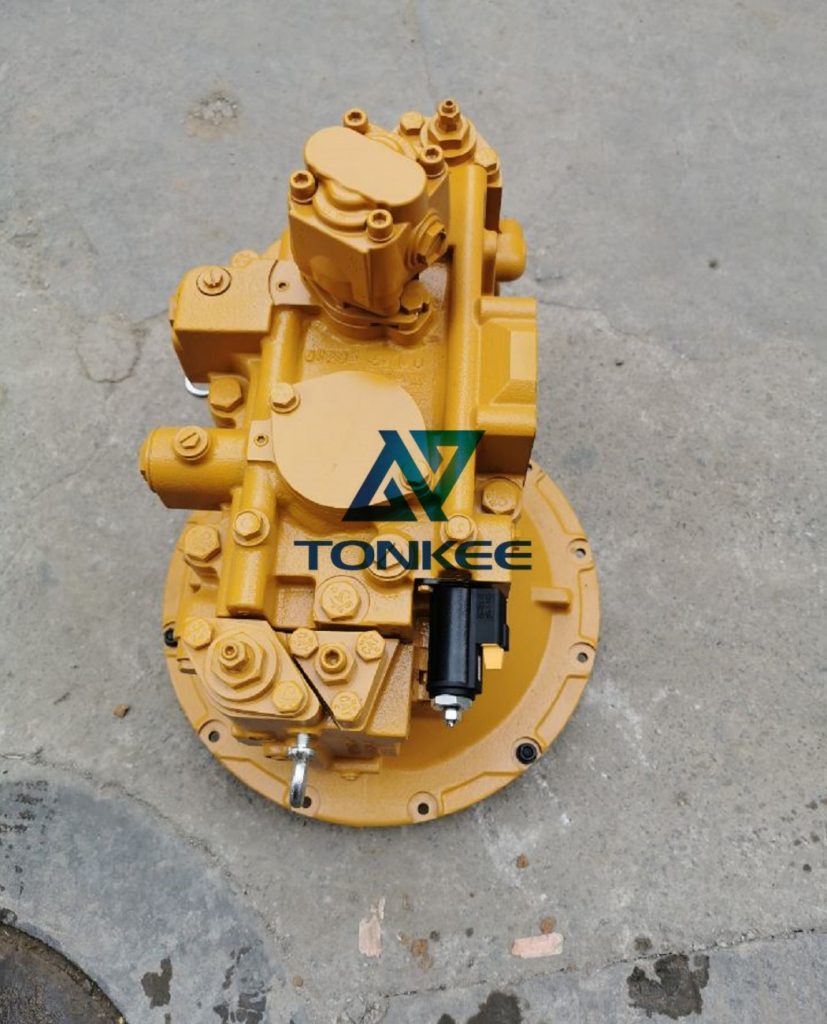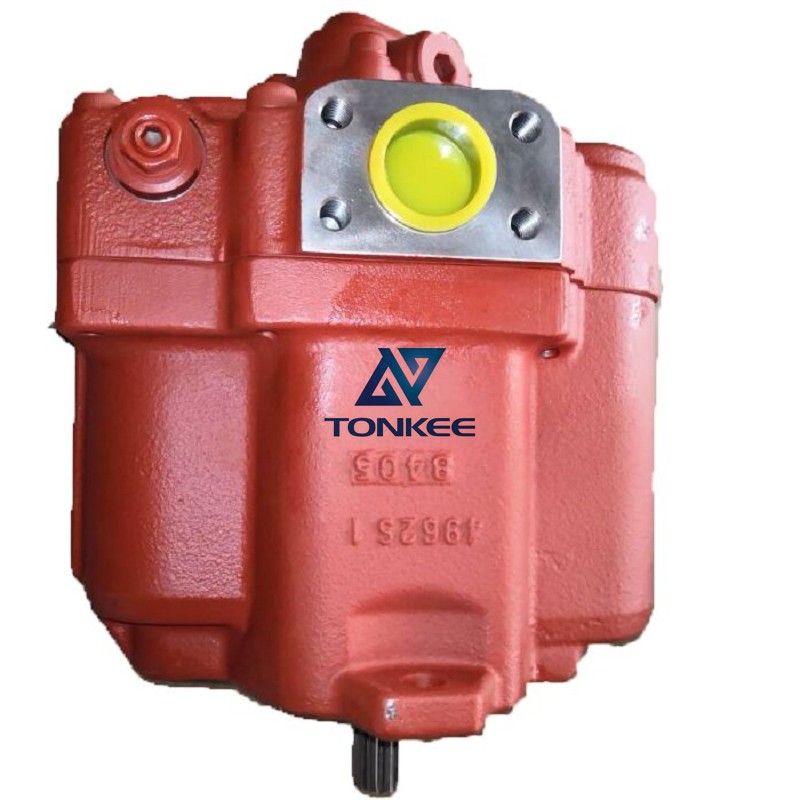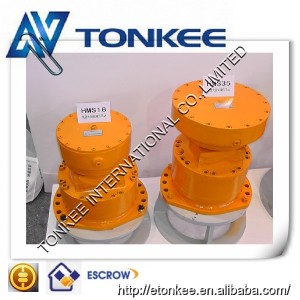
Intake: During the suction stroke, the piston moves away from the cylinder head, creating a low-pressure area within the cylinder.
This causes the fluid to be drawn into the cylinder through an inlet valve, often referred to as the suction valve.
Compression: As the piston moves towards the cylinder head, the fluid is compressed within the cylinder. The outlet valve, also known as the discharge valve, remains closed during this phase to prevent fluid from flowing back into the suction side.
Discharge: When the piston reaches the end of its compression stroke, the discharge valve opens, allowing the pressurized fluid to exit the cylinder and flow into the system. The fluid's pressure and flow rate are determined by the pump's design and operating conditions.
The 4622897 piston pump is known for its robust construction and reliable performance. It is typically made from durable materials like cast iron, steel, or stainless steel to withstand the rigors of industrial use. The precision machining of components ensures tight tolerances and minimal leakage, enhancing efficiency and longevity.
One notable feature of this piston pump is its versatility.
It can handle a wide range of fluids, from hydraulic oils and lubricants to water and chemicals. This adaptability makes it suitable for applications in various industries, including manufacturing, agriculture, construction, and automotive.
The 4622897 piston pump's specifications can vary depending on the manufacturer and model. Key specifications to consider include:
Flow Rate: The pump's capacity to deliver a specific volume of fluid per unit of time, often measured in gallons per minute (GPM) or liters per minute (LPM).
Pressure Rating: The maximum pressure the pump can generate, typically measured in pounds per square inch (PSI) or bar.
Displacement: The volume of fluid displaced by the piston per stroke, often measured in cubic inches or milliliters.
Speed: The operating speed of the piston, usually measured in strokes per minute (SPM) or revolutions per minute (RPM).
Inlet and Outlet Size: The diameter of the ports for fluid intake and discharge.
Efficiency: The overall efficiency of the pump, which can impact power consumption and heat generation.
Seal Type: The type of seals used to prevent fluid leakage, such as piston rings or packing seals.



 English
English Русский язык
Русский язык






